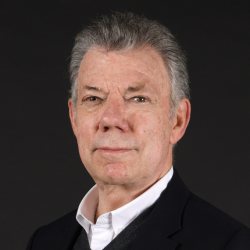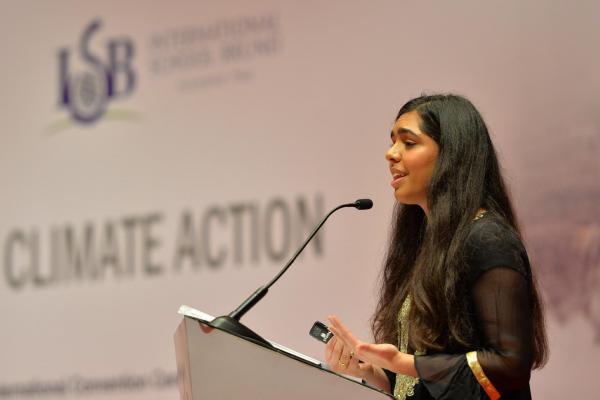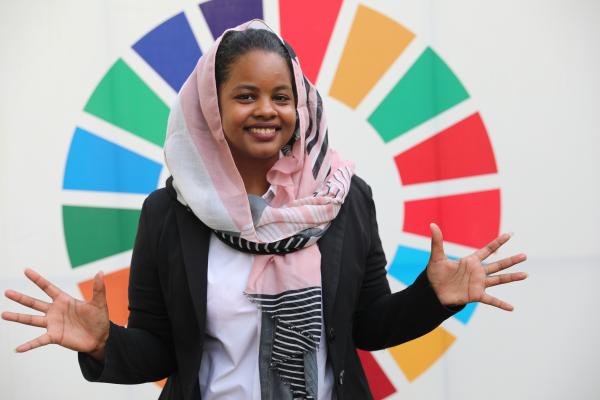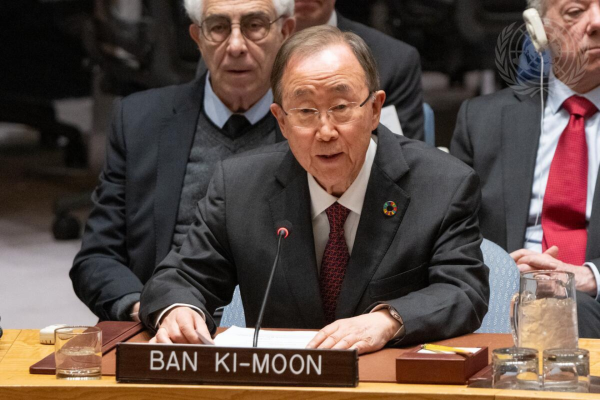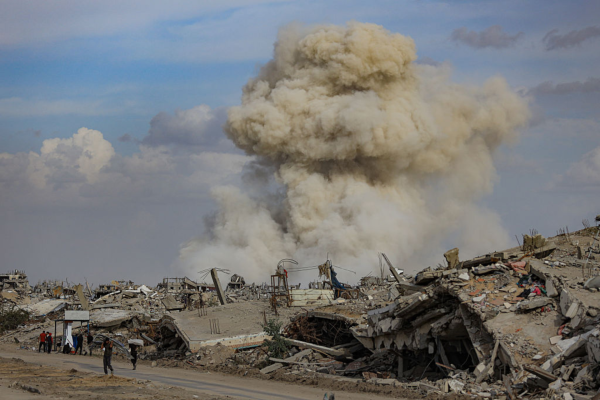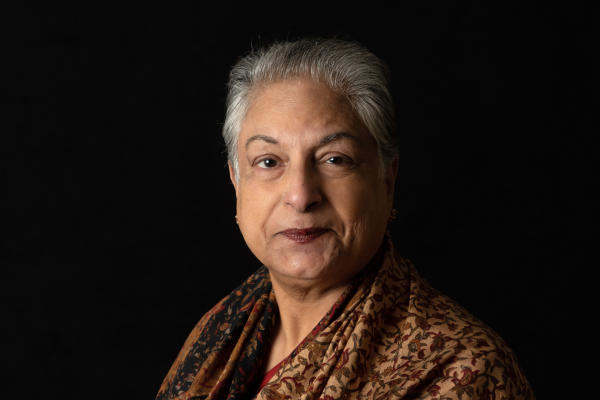Leaders have to come up with a pathway to close the gap to 1.5°C
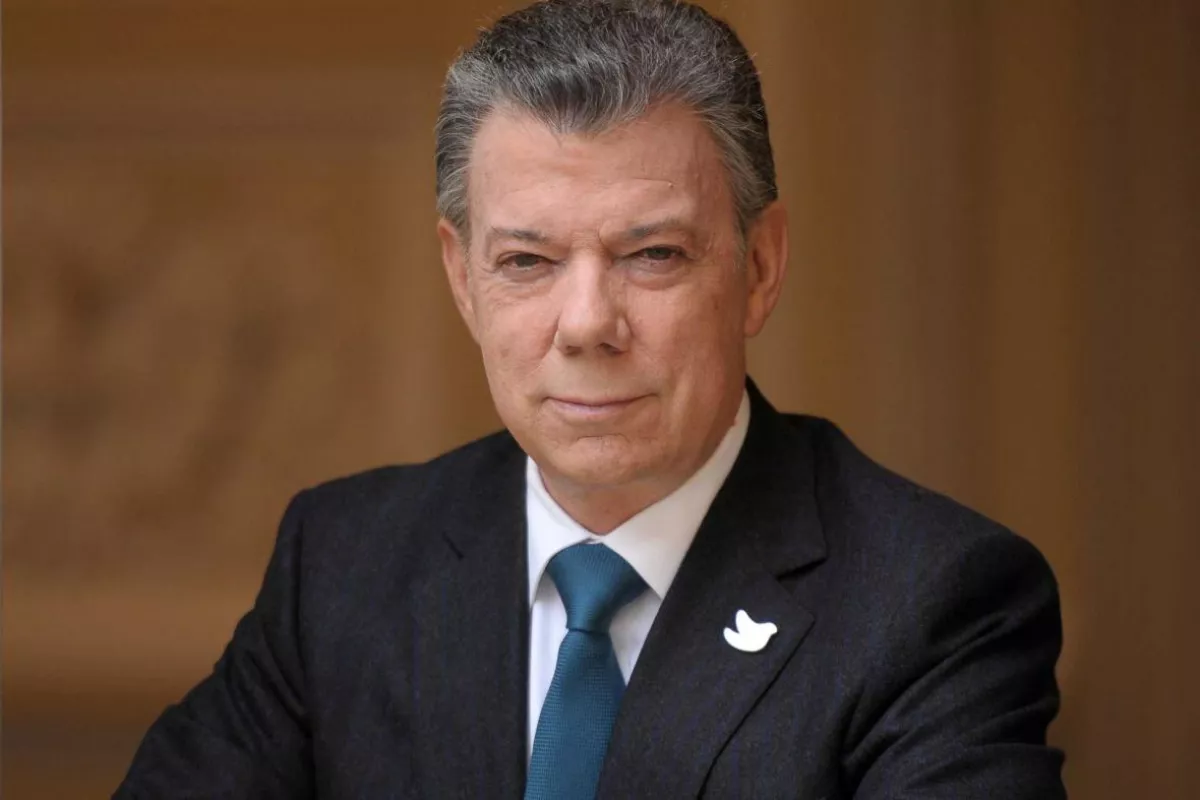
Juan Manuel Santos discusses how climate action and preventing biodiversity loss must go hand in hand and asks leaders to come up with a pathway to close the gap to 1.5°C.
Juan Manuel Santos delivered this video message at the Sustainable Innovation Forum at COP26 on 9 November 2021.
Warmest greetings to all at the Sustainable Innovation Forum of COP26.
I’m speaking to you today in my capacity as a member of The Elders, the group of former world leaders founded by Nelson Mandela to work for peace, justice and human rights. I’m also a member of the Board of the Wildlife Conservation Society and a fellow at Conservation International.
We are facing a climate crisis. This is obvious. We are facing a biodiversity loss crisis. This is also obvious. Yet, often, these two crises are spoken about as separate threats. They are not. Protecting the earth’s rich diversity and promoting climate action must go hand in hand.
We have become accustomed to speaking about the reduced abundance of nature, the entire extinction of species, and the rapid loss of ecosystems, as if this is a normal situation to be in. It is not normal. Nothing about the dual crises facing us are part of the normal patterns of nature or climate change.
Forests, underwater forests made up of seagrass, peatlands and mangroves, all have a major impact in our planet’s ability to store carbon. The destruction of nature not only has an environmental impact, it also affects people’s ability to adapt to and cope with changing climate conditions.
Climate change is damaging biodiversity; but the loss of biodiversity is also deepening the climate crisis. It is a vicious – very vicious – circle.
We must be careful not to use action on protecting nature as an excuse for inaction on the climate crisis. Environmental damage in one place cannot be fixed by repairing habitats elsewhere. For example, restoration of wild spaces is important and needs to be done – but it cannot substitute for urgent action to move beyond fossil fuels.
Firstly, leaders have to come up with an ambitious, credible pathway to close the gap to 1.5°C. This is critical for the most vulnerable people in our world who are already unfairly feeling the brunt of the climate crisis. But this is also critical to protect nature. Recent scientific research tells us that reducing global warming to 1.5°C could nearly halve the risk of biodiversity loss by comparison with a °2C warming scenario. This is an incredible impact.
Not only should world leaders be doing everything possible during this climate COP26 to maintain a pathway to 1.5°C, they must also ensure adaptation is acknowledged as a political priority.
Proactive climate adaptation has huge benefits for both nature and people, but climate resilience often remains a second-order issue. Therefore, the Elders back the call for more investment in climate change adaptation, including locally-led adaptation efforts.
As a former president of one of the most biodiverse countries in the whole world, but also one of the most vulnerable to climate change, I can tell you that what is needed cannot be left only to national leaders. We need all of us to play our part: the business community, the finance community, civil society and each and every individual.
Dare we have hope that enough can be done to avert the worst of the climate crisis?
I am a great believer that hope exists, but it only exists when we take action.
So: for our climate, for nature, and for humanity – let this be a time of action!
Thank you.

